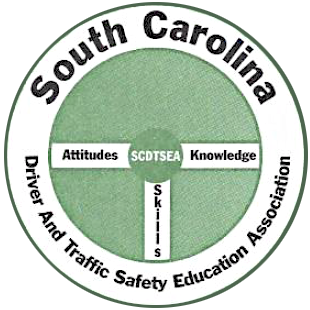Consider Texting Information to Pass Texting Bill
With distracted driving now playing a part in 80 percent of all car crashes, according to a recent Virginia Tech study, and responsible for some 5,500 automotive fatalities annually, according to the National Highway Traffic Safety Administration, the problem of mobile phone use for texting and talking behind the wheel has become an epidemic.
Distracted driving comes in various forms, such as cell phone use, texting while driving, eating, drinking, talking with passengers, as well as using in-vehicle technologies and portable electronic devices. Any non-driving activity a person engages in that has the potential to distract him or her from the primary task of driving and increases the risk of crashing is a distraction. There are three main types of distraction:
- Visual—taking your eyes off the road
- Manual—taking your hands off the wheel
- Cognitive—taking your mind off what you are doing.
While all distractions can endanger drivers' safety, texting is the most alarming because it involves all three types of distraction. Sending or reading a text takes your eyes off the road for up to 4.6 seconds. At 55 mph, that's like driving the length of an entire football field!
A new On Your Side survey by Nationwide showed that eight in 10 drivers support some type of cell phone usage restriction. More findings to consider follow: Distraction from cell phone use while driving (hand held or hands free) extends a driver's reaction as much as having a blood alcohol concentration at the legal limit of .08 percent (University of Utah). The Number 1 source of driver inattention is use of a wireless device (Virginia TEch/NHTSA). Drivers that use cell phones are four times as likely to get into crashes serious enough to injure themselves (NHTSA, Insurance Institute for Highway Safety). Driving while using a cell phone reduces the amount of brain activity associated with driving by 37 percent (Carnegie Mellon).
May some of the information within help you to approve the House's texting bill that you are considering. A good law with tough enforcement can help to reduce deadly distracted driving behavior. It has been said that personal liberty ends where public safety begins.
Joe Sabbadino

